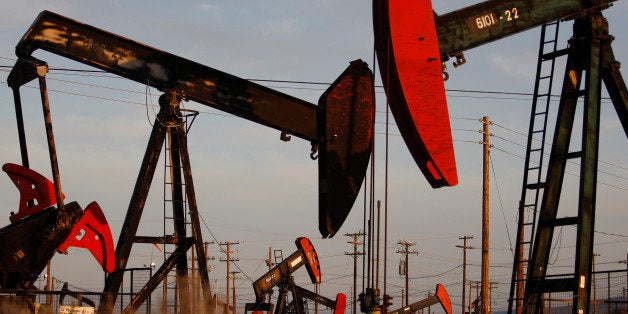
(In paragraph 5, deletes reference to "per well." In final paragraph, corrects date to April 30)
By Rory Carroll
SAN FRANCISCO, April 2 (Reuters) - California oil producers used 214 acre-feet of water, equivalent to nearly 70 million gallons, in the process of fracking for oil and gas in the state last year, less than previously projected, state officials told Reuters on Thursday.
Hydraulic fracturing, or fracking, occurs when water and some chemicals are injected deep underground at high pressure to break up rock and release oil and gas into wells.
The practice has been criticized in the state, which is suffering from a drought so severe that Governor Jerry Brown announced the first-ever mandatory 25 percent statewide reduction in water use on Wednesday.
"Hydraulic fracturing uses a relatively small amount of water - the equivalent of 514 households annually," said Steven Bohlen, the state oil and gas supervisor.
About 100,000 gallons of water is used on average, he said.
Previous industry estimates said that fracking used about 100 million gallons of water in California a year.
Bohlen said that not all of the water used for fracking is fresh water. Some portion of it is "produced" water, or water that comes to the surface during oil drilling that is not suitable for drinking or agricultural use.
The industry brought 387,000 acre-feet of produced water to the surface last year, Bohlen said. Of that, two-thirds was put back into the aquifers from which it came or was used to produce more oil through drilling techniques including steam flooding and cyclic steam injection.
The remaining third was put into underground injection, evaporated in surface ponds, or cleaned up for beneficial use, he said.
About 25,000 acre-feet of produced water is used for beneficial use in the San Ardo, Cawelo, and Arvin water districts, he said.
A law passed last year requires oil producers to report the sources of water used in all oil and gas extraction as well as where the water goes.
The first data report is due April 30 and will be made public soon after, Bohlen said. (Reporting by Rory Carroll; Editing by Ken Wills)

